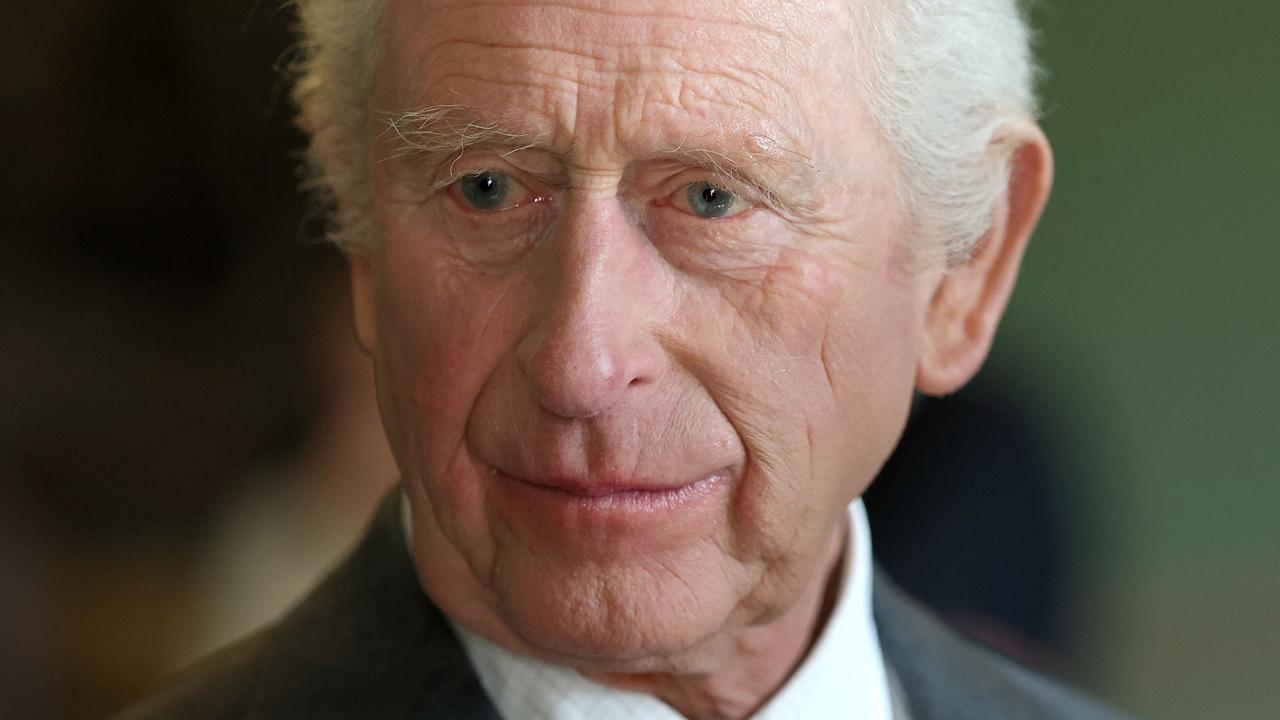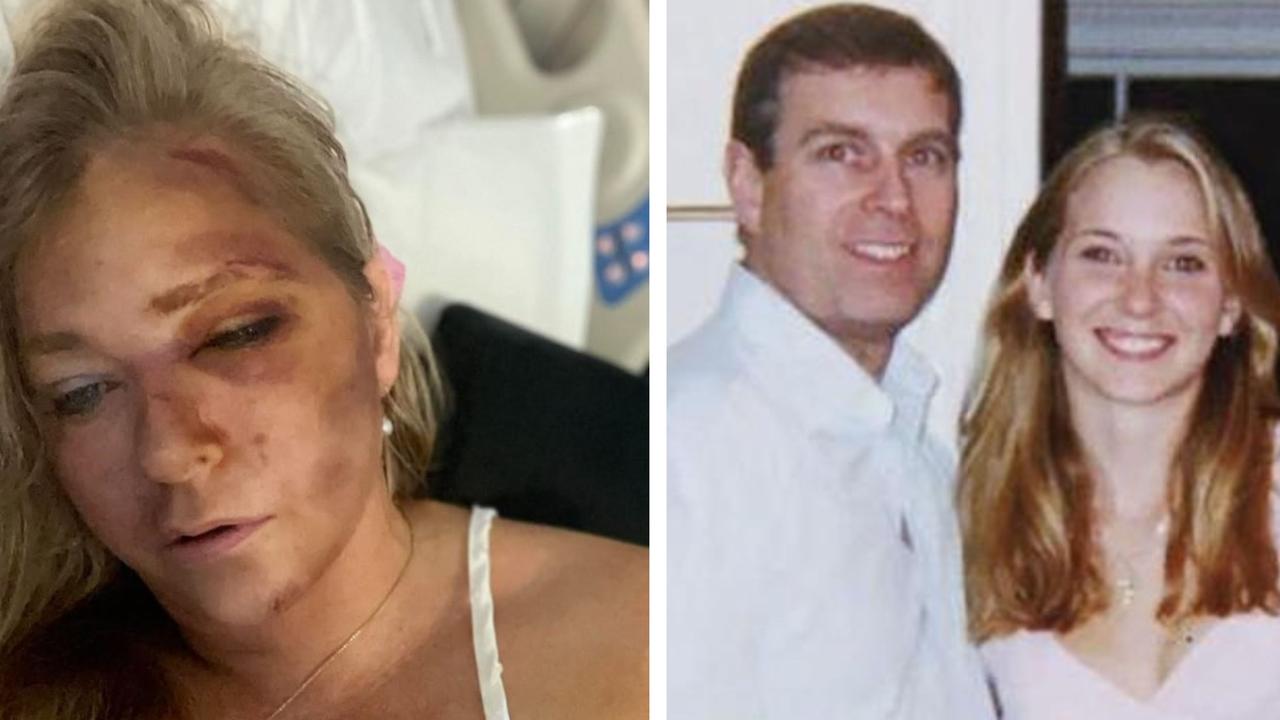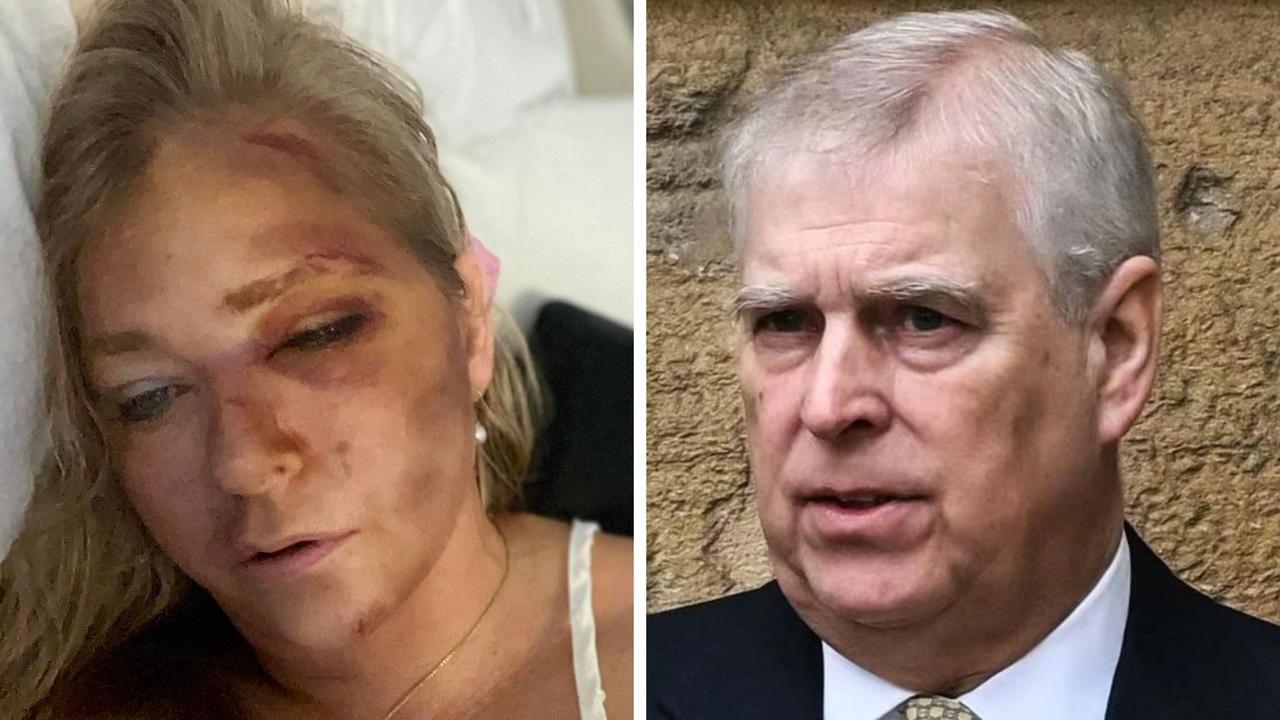Sad Princess Diana photos prove Prince Harry wrong
Prince Harry has remained devastated by one aspect of his late mother’s life but new photos show that he might not have the full story.
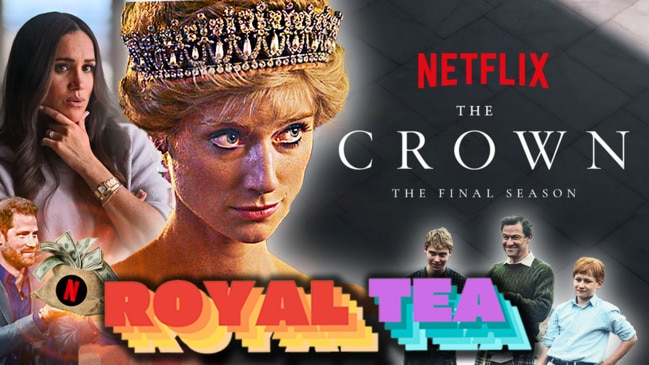
COMMENT
On May 21 2021, Prince Harry, the Duke of Sussex put out a statement from his home in Montecito. That day, the BBC’s Dyson inquiry had found that disgraced journalist Martin Bashir had used falsified documents and lied to get Diana, Princess of Wales to agree to her famous 1995 Panorama interviews.
Harry, both barrels blazing, took aim at the British press and spoke about the “culture of exploitation and unethical practices [that] ultimately took her life.”
It was powerful and raw, a son defending his mother’s memory from the rapacious forces that played such a devastating role in her life.
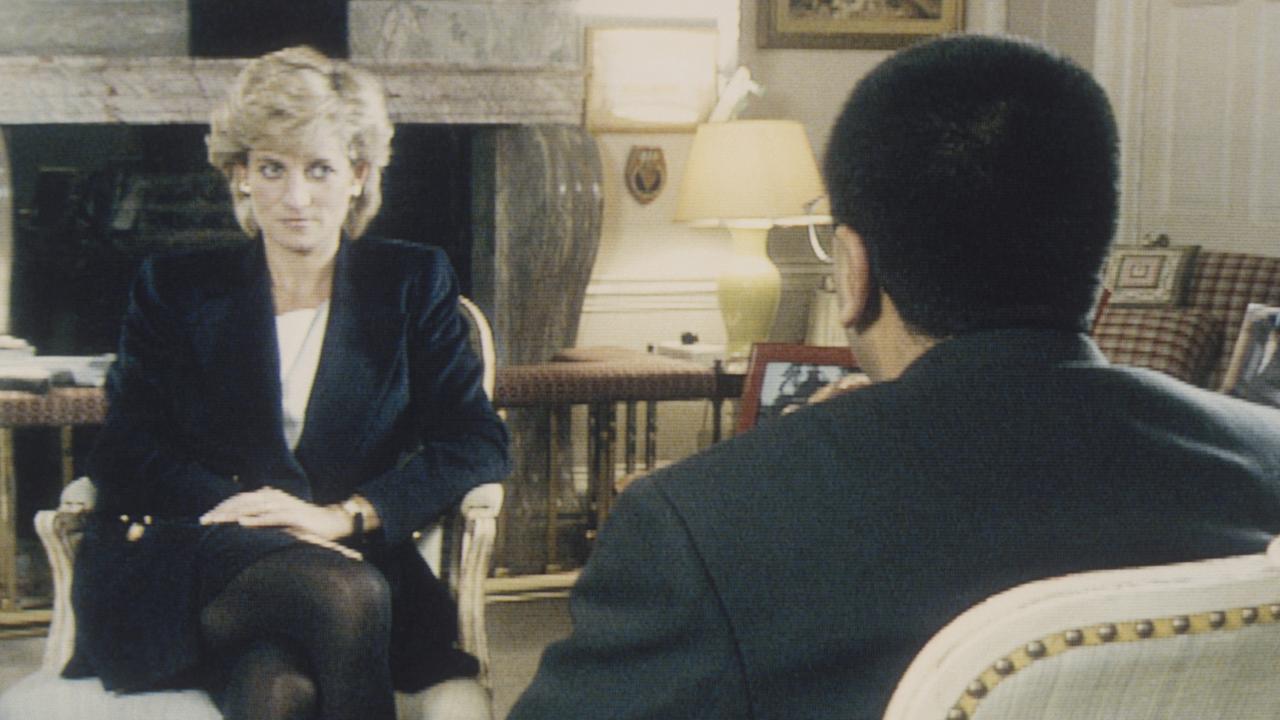
You know this story, the world knows this story, it’s a narrative bedded down and etched in rock: Diana was the perennial victim of the villainous and predatory forces of Fleet Street.
But, is that the whole story? This is the question that Season 6 of The Crown(landing on Netflix on November 16) might be about to ask: What exactly was the troubled and troubling relationship between the princess and the press?
How complicit was the woman, described by her brother Earl Spencer at her funeral as “the most hunted person of the modern age,” in feeding what the media critic Stephen Glover called “the beast”?
Make no mistake, this is messy and fraught territory that challenges the prevailing, entrenched image of Diana as martyr, as a totemic sacrifice to the press.

One of the new stills from the final season of The Crown shows a swimsuit-clad Diana posing for photographers, recreating a scene that took place in July 1997, the month before her death.
The princess, then aged 36, had accepted an invitation from Harrods owner and controversial billionaire Mohamed Al Fayed to stay with him in the South of France. Out Diana flew from London for a luxe holiday with her sons Prince William and Prince Harry and out flew Fleet Street snappers and the freelance paparazzi.
According to esteemed biographer Sally Bedell Smith, the princess started the trip by “[Eluding the] paparazzi by crawling along a balcony and hiding behind a towel” only to then change tack and to actually go and speak to them.
“You are going to get a big surprise, you’ll see. You are going to get a big surprise with the next thing I do,” she told the press. (“Diana Teases Press Corps With Promise Of ‘Surprise’” read the Chicago Tribune headline from that day.)
This direct engagement and a certain handfeeding, if you will, of the media “beast” that swirled around her was far from a one-off.
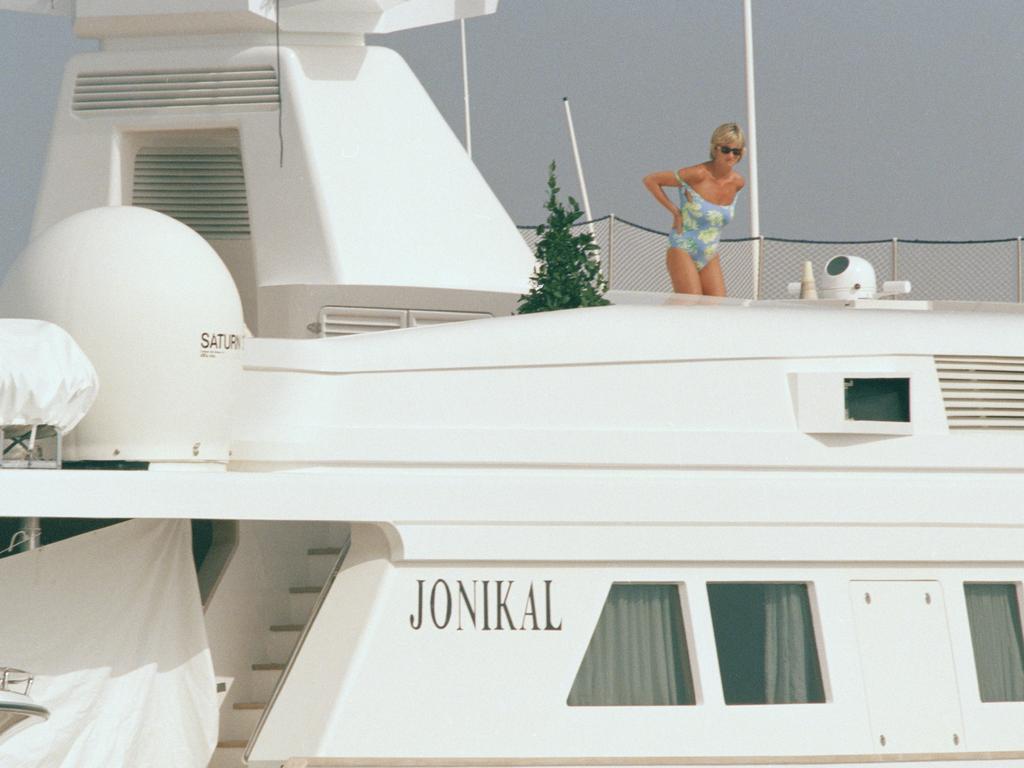
Take what would have to be one of the most famous images of all time, the iconic shot of Diana on board Al Fayed’s Jonikal taken on August 24, 1997 showing her sitting on the edge of the super yacht’s diving board. This was not a solitary moment stolen by the intrusive press but an image that “suited” Diana to have taken, according to Jason Fraser, the photographer involved in getting the shot.
Fraser would later tell the Daily Mail he had been “invited” by the Princess of Wales to shoot her during that August 1997 holiday with her new boyfriend Dodi Al Fayed.
“I knew that Diana had wanted [the photos] to be taken,” Fraser has said. “I was always nearby, ready to capture these historic images and that suited us both.”
Look further and you can find a veritable chorus of highly credible voices all saying very much the same thing – that Diana was no innocent when it came to the press.
Bedell Smith reported for Vanity Fair that “in the last five years of Diana’s life, her contacts with British journalists were frequent, substantive, and often chummy.”
According to Bedell Smith, Diana “instructed her staff to alert tabloid photographers to her comings and goings.”

“It is an undisputed fact that the Princess connived with the media and exploited it for her own interests, just as much as we exploited her for ours,” Sir David English, the late chairman of Associated Newspapers, has written.
In The Diana Chronicles, the princess’s biographer and friend Tina Brown reported that the princess would ‘brief’ the Daily Mail’s Richard Kay and would ‘plant’ stories. (Diana would call Kay from Paris during that final, fateful trip.)
Or take those famous 1993 photos of Diana, William and Harry at an amusement park, all dripping wet having gone down a log ride.
Robert Hardman, at the time the (UK) Daily Telegraph’s royal correspondent and now a royal biographer, has said of that outing: “It was an entirely private engagement. Up turned the photographers to take some lovely pictures, and then they were asked to go away.”
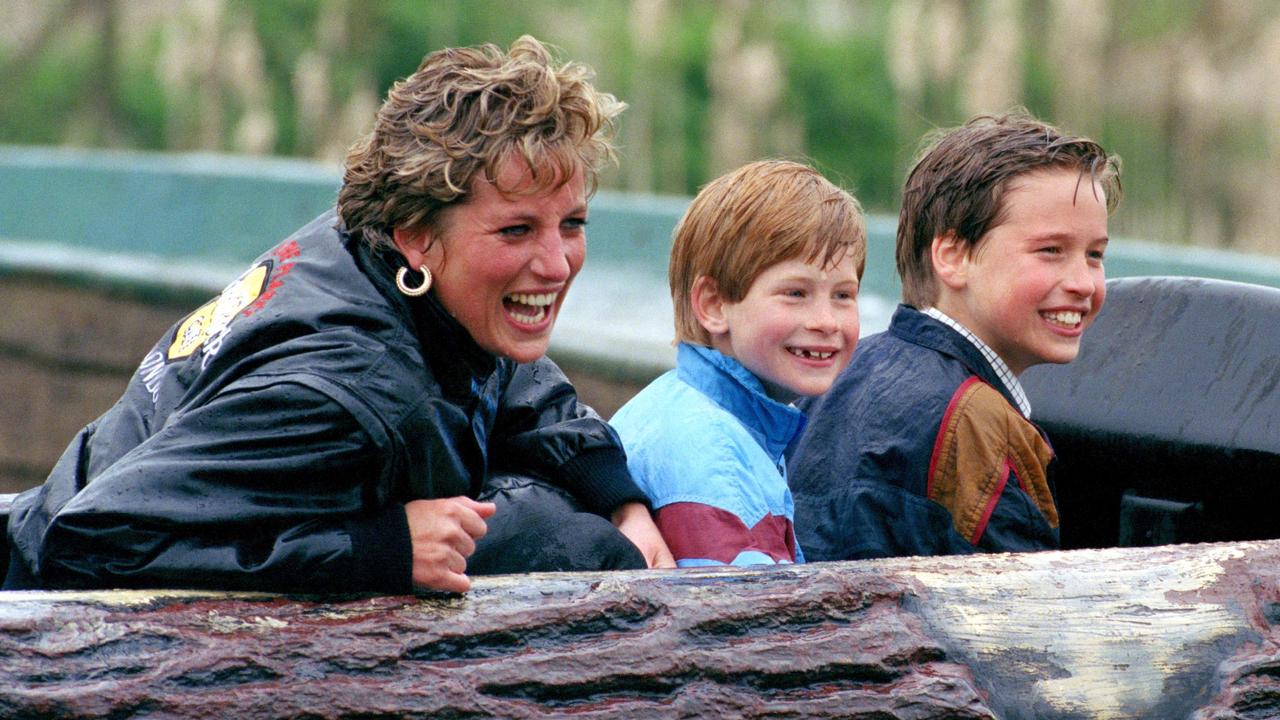
That same year, Diana moved to a new gym called LA Fitness whose owner secretly installed a camera to photograph his most famous patron. When photos of the princess using a leg press machine were splashed all over the Mirror, she immediately sued.
However, her longtime bodyguard Ken Wharfe “suspected that Diana had colluded in the pictures to contrive a high-profile confrontation with the press,” Brown reports.
“Why was Diana wearing full make-up at 6.50 in the morning for a workout?” Wharfe has said.
In the 90s, as the War of the Waleses dragged on, Diana, rather than keeping the men – and they were by and large men – of Fleet Street at arm’s length, was working on recruiting them to her cause. As famed royal reporter James Whitaker has said: “Diana was aware that if she was going to progress with Prince Charles she needed the press on her side.”
During this time, she would host lunches at her Kensington Palace apartment for key editors and journalists, events which later came to include William.
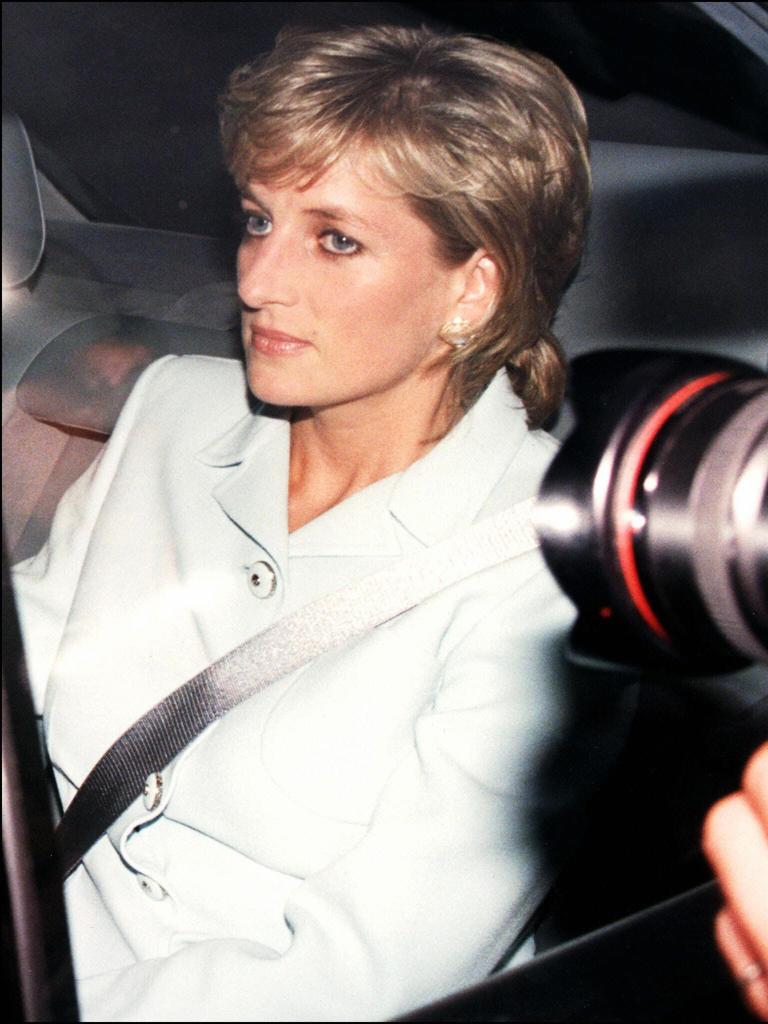
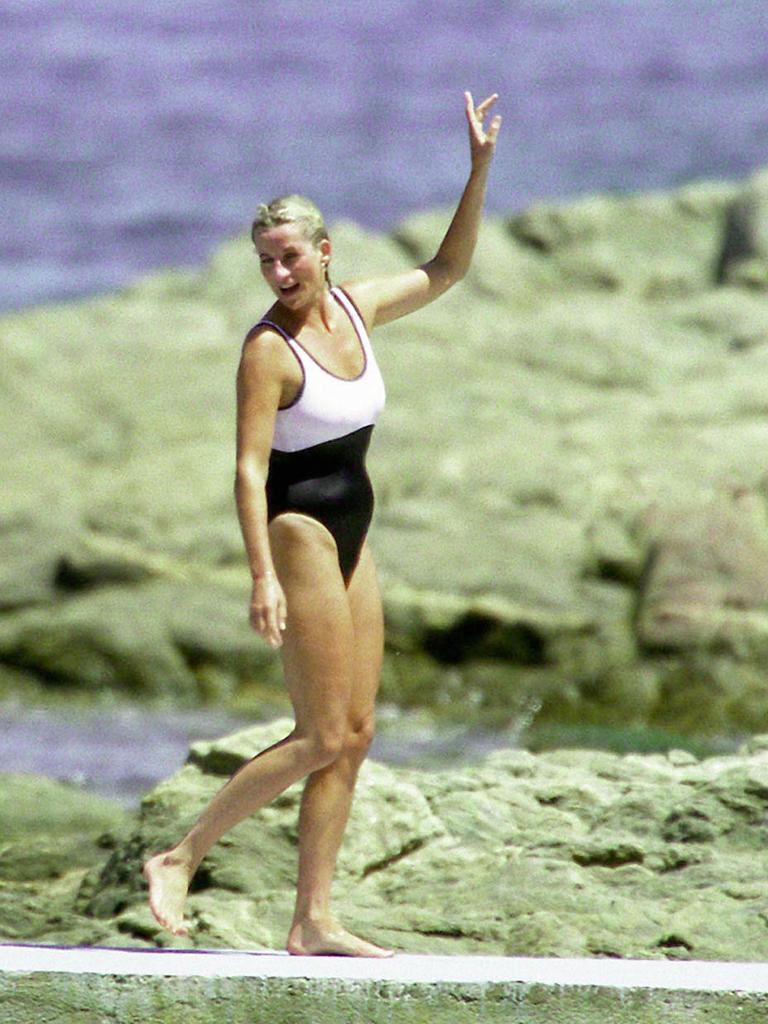
But just because Diana knew how to play the game, that does not mean she wasn’t simultaneously a victim too. If the princess had started to try and use the press to her own ends, was it only because she had suffered at their hands for so many years?
Kay told Brown: “She ran a daily gauntlet. [Photographers] were parked in Kensington Court with their two-way radios and scanners monitoring her mobile phone calls.”
Famed designer Jasper Conran and another Diana intimate has said of the press’s treatment of her: “She would go out, they used to say awful things to get a reaction, ‘Diana, you are a c**t,’ horrible things. It would make her cry.”
Pap photos of the princess looking distraught after having learnt of her father’s death, taken while on a skiing holiday in Austria in 1992, were readily sold.
All of this took a devastating toll on the princess. Bedell Smith has reported that Diana would feel so “despondent over her press coverage, she would drive to a cliff called Beachy Head on the southern coast of England and contemplate suicide, only to be drawn back by thoughts of her two sons.”
In a final unspeakably disgusting and reprehensible act, the paps would photograph a mortally wounded princess in the back seat of the crumpled Mercedes.
Now, more than 25 years on, how do we reconcile Diana The Hunted, racing down the streets of London, tormented by the leering lenses of the press, with the other Diana, the woman in her leopard-print cossie who teased a “a big surprise” and who had “instructed her staff to alert tabloid photographers to her comings and goings”?
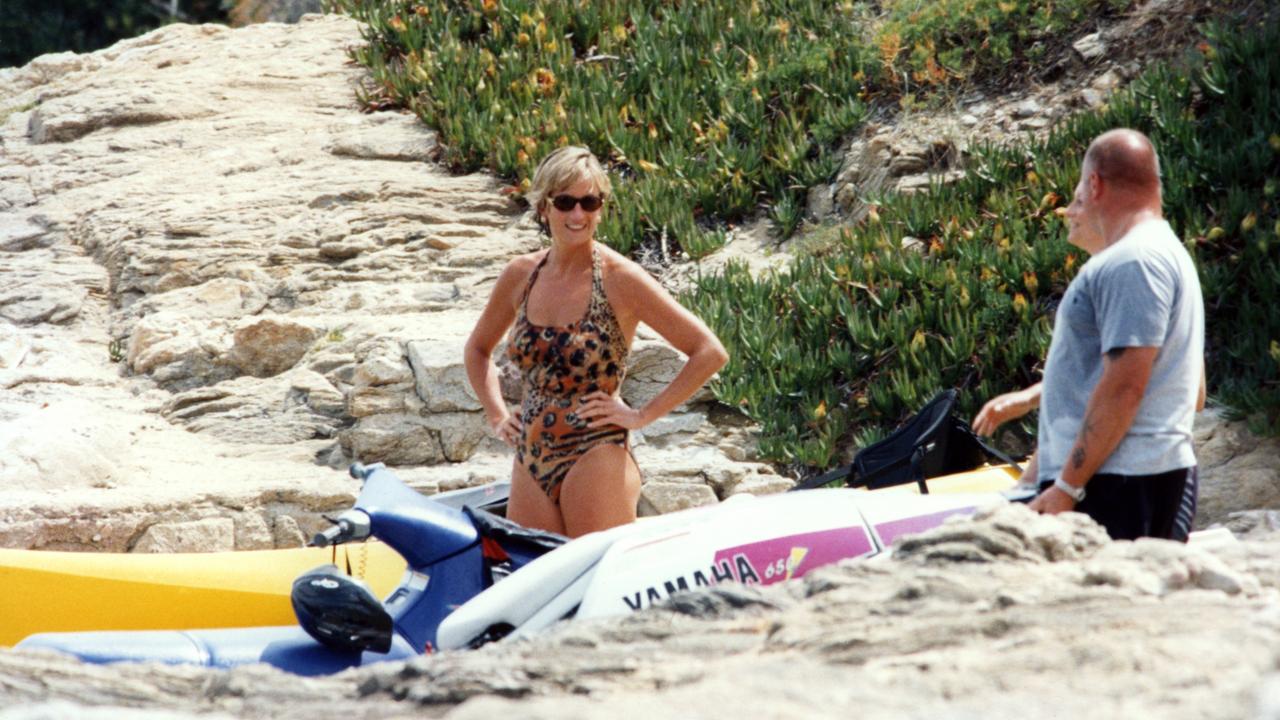
One of the many grievances that the Duke of Sussex has raised about the royal family today is their relationship with the media, saying in Harry & Meghan: “You know there’s leaking, but there’s also planting of stories … It’s a dirty game.”
The question is, will this new season of The Crown delve into the uncomfortable territory of whether Diana played this “dirty game” too?
Kay has probably summed it up best, having said of the princess: “I felt enormous sympathy for her predicament. I didn’t think she was guiltless, either.”
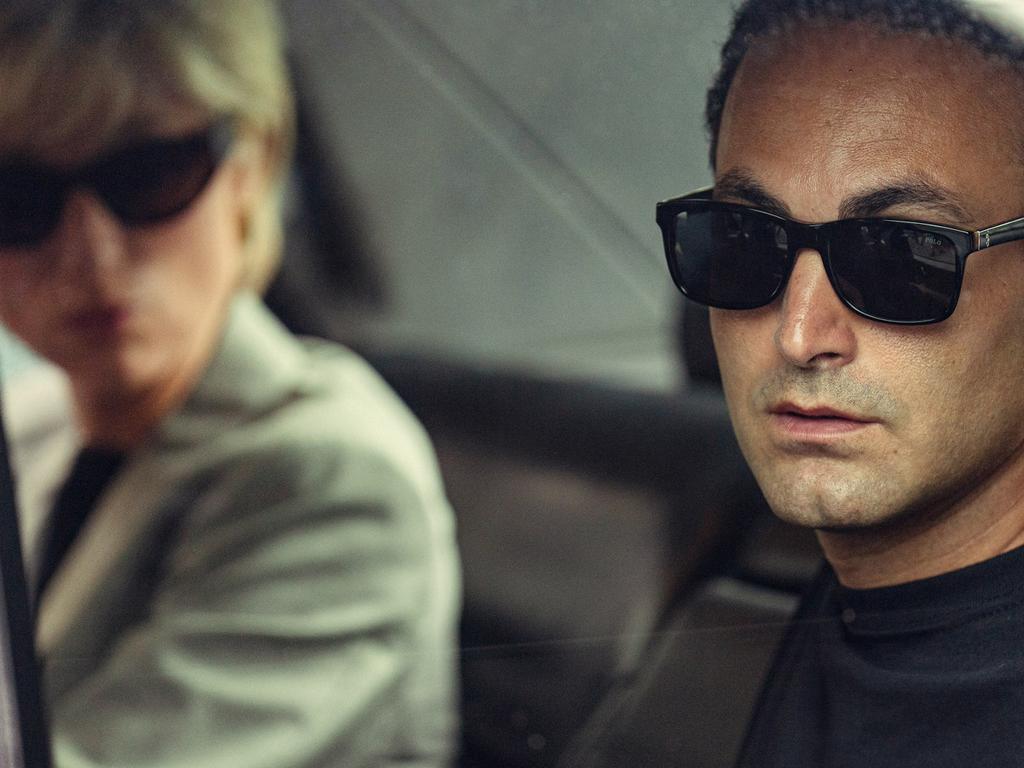
And this is what this season of The Crown could and should do – invite us to try and hold these two truths simultaneously; to see the Princess of Wales as both a woman who was cold-bloodedly used for 16 years by a media machine and who adroitly and cannily used the same machinery to her own ends too.
After Diana’s death, legendary Australian essayist Clive James (who had regularly lunched with the princess) penned an extraordinary piece about her for the New Yorker, describing her relationship with the press as one of “manipulation” but asking, “what else does a marionette dream of except pulling strings?”
More than 25 years later and the world is still asking, who pulled whose strings and when? And how much, if anything has changed?
Daniela Elser is a writer, editor and a royal commentator with more than 15 years’ experience working with a number of Australia’s leading media titles.




